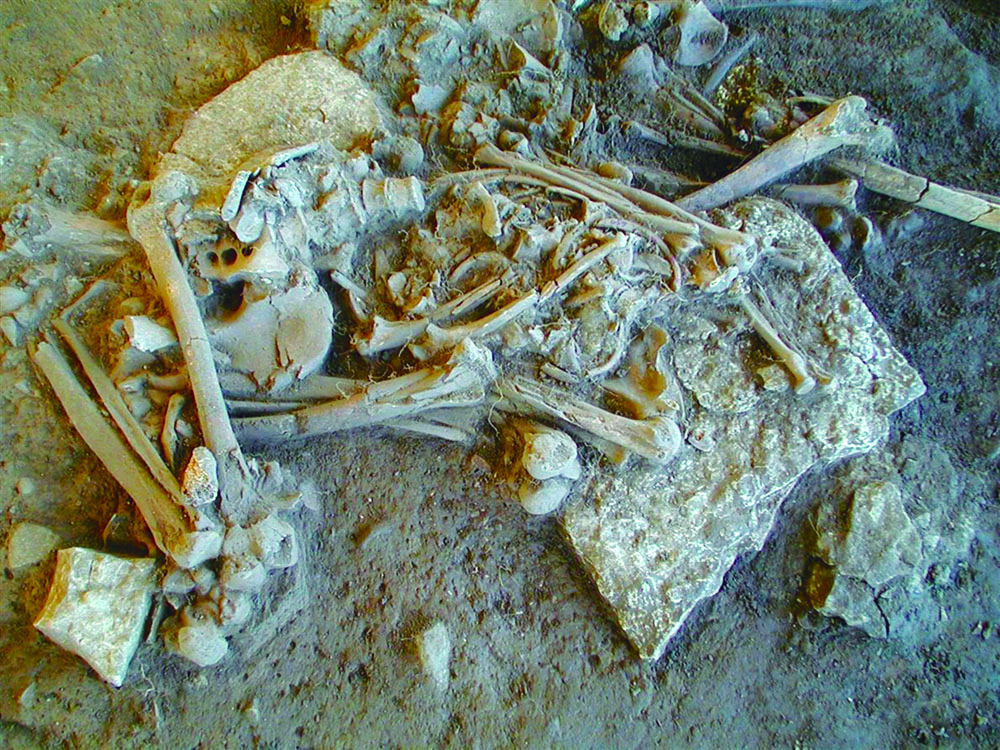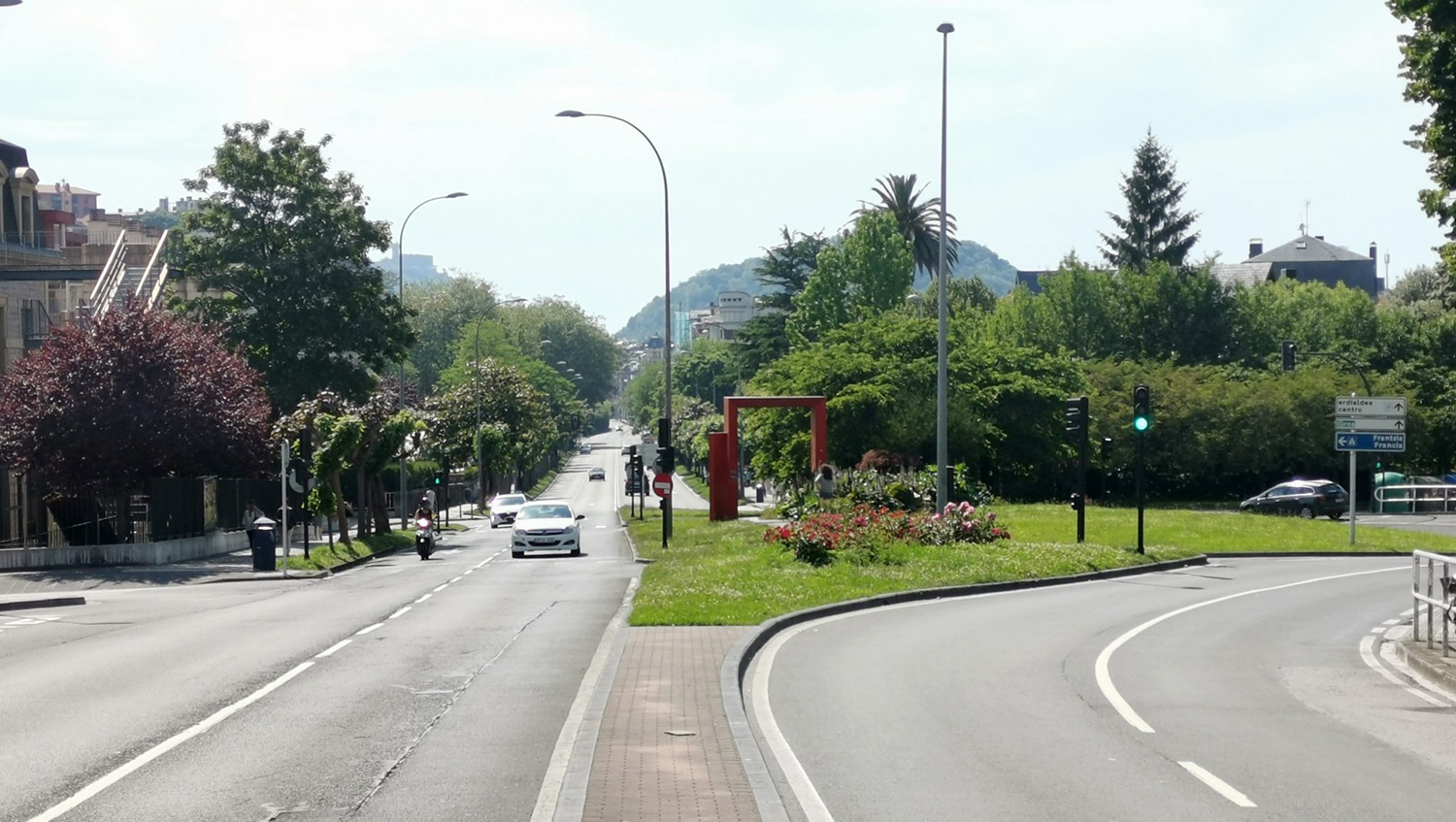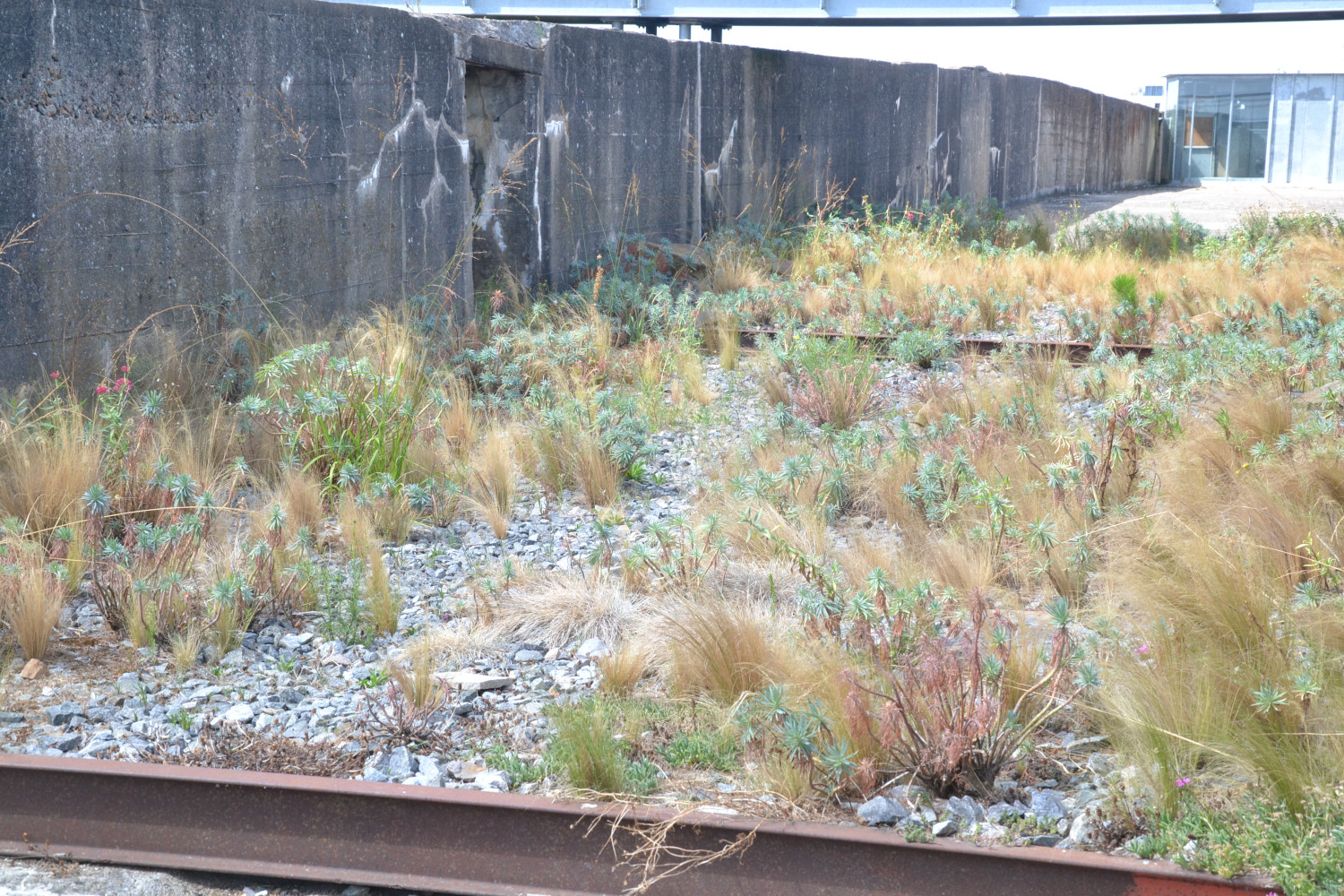The remains of the oldest human pandemic in Sweden
- In Sweden, DNA remains of the bacterium Yersinia pestis, responsible for the Black Death epidemic in the 14th century, have been found in the bones of Neolithic peasants.

Bones, about 4,900 years old, are therefore the first sign of the human pandemic in history. According to experts at the University of Gothenburg, the epidemic occurred a few centuries earlier, 5,700-5,000 years ago, in the north of the Black Sea, and new trade routes contributed to the spread of the disease throughout Europe and Asia.
Thus, thanks to the wheel and animal traction, in addition to agriculture and economic inequalities, bacteria spread.
Andrea Velasko dietista eta nutrizionistak elikaduraren bidez menopausiak eragindako aldaketak kudeatzeko zenbait gako eman ditu.
The pandemic has revealed, in all its crudeness, the consequences of the neoliberal model of care for the elderly, children and the dependent population. Now is the time to consolidate the critical discourses and community alternatives that flourished during the lockdown.”... [+]
You may not know who Donald Berwick is, or why I mention him in the title of the article. The same is true, it is evident, for most of those who are participating in the current Health Pact. They don’t know what Berwick’s Triple Objective is, much less the Quadruple... [+]
Indartsua, irribarretsua eta oso langilea. Helburu pila bat ditu esku artean, eta ideia bat okurritzen zaionean buru-belarri aritzen da horretan. Horiek dira Ainhoa Jungitu (Urduña, Bizkaia, 1998) deskribatzen duten zenbait ezaugarri. 2023an esklerosi anizkoitza... [+]






















